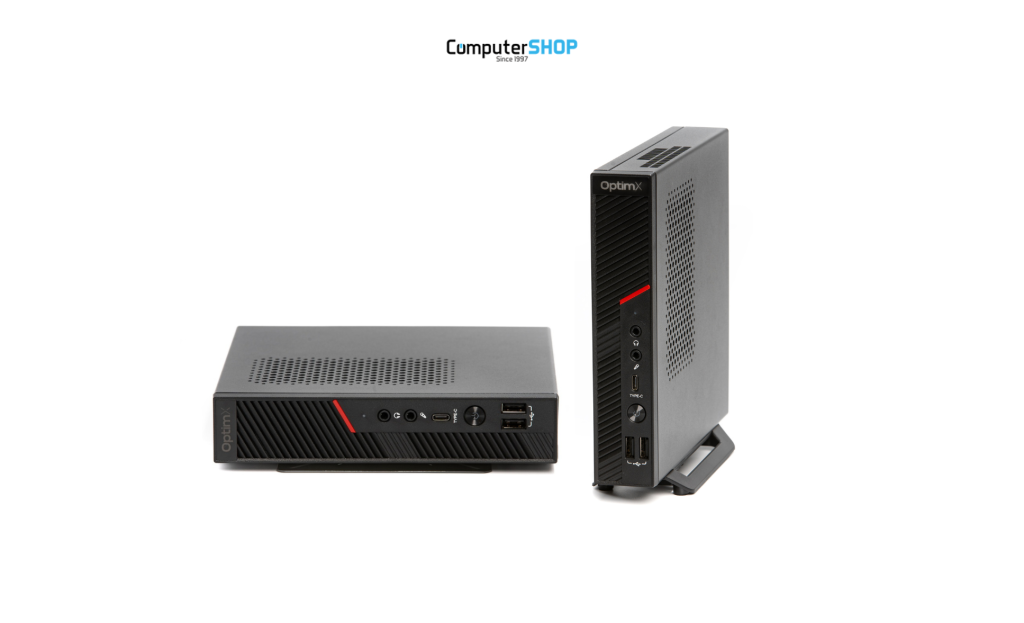
How to set the password for a wireless router
An unsecured Wi-Fi network poses a major risk to data privacy and internet connection performance. Anyone can connect without permission, consume your internet bandwidth, or even access your personal data. Therefore, it is essential to secure your wireless router immediately after installation. In this article, you will find a step-by-step guide for configuring the Wi-Fi password and security settings, easy to follow even if you don’t have advanced technical knowledge.
1. Accessing the wireless router
To change security settings, you need to access the router’s administration page. You can do this via a computer connected by cable (ideal) or via Wi-Fi. Open your web browser and enter one of the standard addresses:
- 192.168.1.1
- 192.168.0.1
- 192.168.1.100
- 192.168.0.100
Try to connect via a network cable. If you change settings while connected via Wi-Fi, there is a chance you will be automatically disconnected and have to reconnect.
2. Entering the administration username and password
After entering the IP address, you will be greeted by a login page. If you have not previously changed this data, in most cases the username and password are “admin“. If these do not work:
- consult the router manual;
- search for the model online;
- or press the router’s “Reset” button to revert to factory settings (be careful, all current configurations will be deleted).
3. Navigating to wireless router settings
After logging in, enter the configuration menu. Look for options named “Wireless Settings“, “Wireless Security” or “Security Settings”. The name differs depending on the router model, but the menu is usually in the section dedicated to the wireless network.
4. Choosing the encryption type – the most important decision
Here you need to choose the security type for your Wi-Fi network. You will have several options:
- WEP: very outdated and insecure;
- WPA-PSK (Personal): better, but still outdated;
- WPA2-PSK (Personal): the recommended standard today.
Choose WPA2-Personal (the same as WPA2-PSK), as it is the most secure option for most home networks.
If your router allows algorithm selection, opt for AES, as it is much more secure than TKIP.
5. Setting the SSID and Wi-Fi password
At this stage you need to configure two essential elements:
SSID – network name
Recommendation: avoid generic names like “TP-Link123” or “WiFi”. Choose a unique name, but not something personal (e.g., “HOME_WiFi2025”).
Wi-Fi Password
The password must be strong, with a minimum of 8-12 characters and combining uppercase letters, lowercase letters, numbers and symbols. Example:
A3csa!2G5hP
Avoid passwords like 12345678, password, admin, anonymus, wifi or your date of birth.
6. Save and restart the wireless router
After entering the settings, press “Save” or “Apply”. The router will restart automatically; all Wi-Fi connected devices will be disconnected and you will need to reconnect using the new password.
Why is wireless router security essential?
An unsecured network can be easily attacked, which can lead to:
- theft of personal data;
- slowing down the internet;
- unauthorized access to home devices;
- risk of cyber attacks.
Securing your wireless router takes only a few minutes but protects your digital home for a long time.
Bonus tips for a safer Wi-Fi:
- Change your password every 6 months;
- Periodically check the list of connected devices;
- Disable the WPS protocol if you are not using it;
- Update the router’s firmware.
*Wi-Fi Protected Setup (WPS), referred to in the specification as Wi-Fi Simple Configuration and called WPS, is a standard designed to facilitate the setup of Wi-Fi networks in home environments and small offices.









